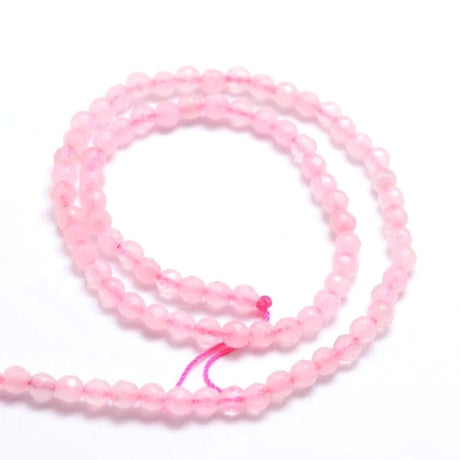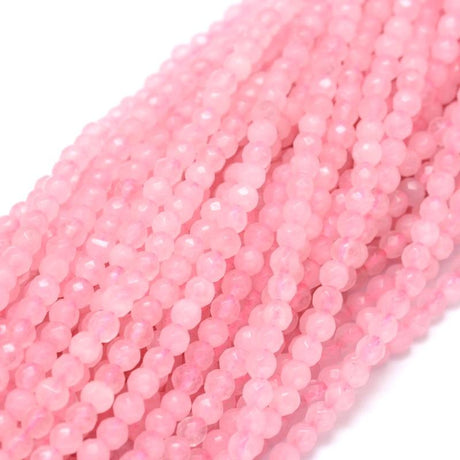Jade Beads, Faceted, Light Blue, 4mm
49,00 krUnit price /UnavailableJade Beads, Flamed Orange, 6mm
39,00 krUnit price /Unavailable- 49,00 krUnit price /Unavailable
- 49,00 krUnit price /Unavailable
Topaz Jade Beads, Yellow, 10mm
69,00 krUnit price /UnavailableMalaysia Jade, Purple, Faceted, Roundel, 2x4mm
49,00 krUnit price /UnavailableLow stock (8 units)- 45,00 krUnit price /Unavailable
- 49,00 krUnit price /Unavailable
Malaysia Jade Beads, Blue, Faceted, 8mm
49,00 krUnit price /UnavailableMalaysia Jade, Faceted, Pink, 10mm
59,00 krUnit price /Unavailable- 39,00 krUnit price /Unavailable
Jade Beads, Coral, Faceted, 10mm
59,00 krUnit price /UnavailableJade, Turquoise, Faceted, 10mm
59,00 krUnit price /Unavailable- 39,00 krUnit price /Unavailable
Jade Beads, Green, Faceted, 4mm
39,00 krUnit price /Unavailable- 39,00 krUnit price /Unavailable
Malaysia Jade, Faceted, Round, 4x2mm
49,00 krUnit price /Unavailable- 39,00 krUnit price /Unavailable
Malaysia Jade Beads, Green, 4mm
39,00 krUnit price /Unavailable- 39,00 krUnit price /Unavailable
- 39,00 krUnit price /Unavailable
Jade Beads, Black, Faceted, 6mm
39,00 krUnit price /Unavailable- 34,00 krUnit price /Unavailable
- 35,00 krUnit price /Unavailable
- 49,00 krUnit price /Unavailable
Green Jade Beads, Pastel Mix, 6mm
49,00 krUnit price /UnavailableMalaysia Jade Beads, Faceted, Rondel, 4x2-3mm
49,00 krUnit price /UnavailableGreen Jade Beads, Misty Rose, 6mm
39,00 krUnit price /UnavailableMalaysia Jade, Green, Faceted, Round, 4x3mm
49,00 krUnit price /UnavailableMalaysia Jade Beads, Faceted, Rondel, 4x2-3mm
49,00 krUnit price /UnavailableGreen Jade Beads, Pastel Mix, 4mm
39,00 krUnit price /Unavailable















































































































